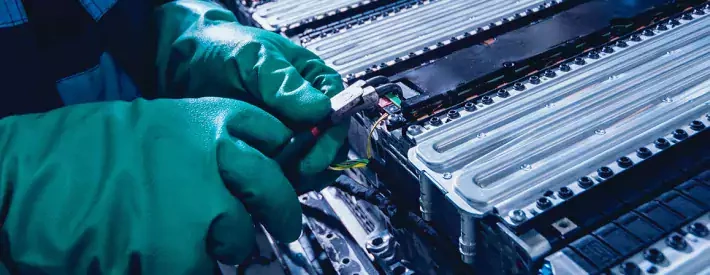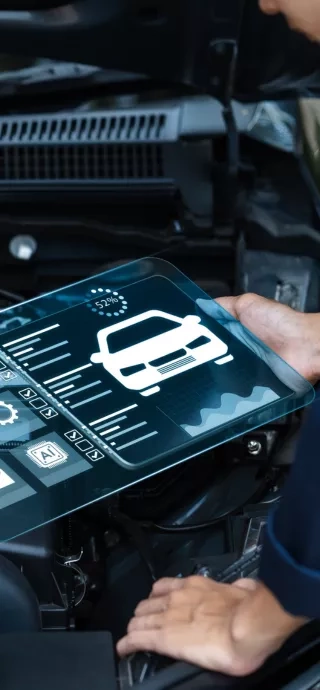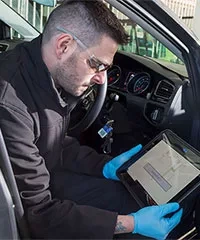Getting ready for an electrified future

IMI session at Automechanika sets out ‘electric-ready’ roadmap for automotive aftermarket.
Steve Nash, Chief Executive of the Institute of the Motor Industry (IMI) hosted a session at Automechanika yesterday (5th June 2019) setting out a roadmap for the automotive aftermarket sector to be ready for the electric revolution.
Much focus in recent months has been on charging infrastructure, with the latest data showing that significant investment is needed to ensure it can support the electrified vehicle targets set out by government. There is also a need to ensure that the aftermarket is sufficiently up-skilled to handle the increased volumes of electrified vehicles expected to hit the roads in the coming years.
At Automechanika Steve Nash hosted a session featuring Quentin Le Hetet from GiPA, the automotive aftermarket intelligence specialists and Tom Denton, electric vehicle specialist at the IMI.
According to Quentin Le Hetet of GiPA, there could be 7 million new hybrid cars on European roads by 2026. But as Tom Denton from the IMI explained, the current workforce in the aftermarket sector is woefully under-skilled to work on the new drivetrains.
Skills challenges
The IMI is working with an industry-wide collective, including the Office for Low Emission Vehicles (OLEV) to address the skills challenges of electrified vehicles, and has recently launched its TechSafe standards to give technicians an easy way to certify their EV competence, as well as skills to work on the latest Advanced Driver Assistance (ADAS) vehicles. Working in collaboration with the government, with advice from the Health and Safety Executive, the IMI has also created an EV Professional Standard model, centred on EV qualifications, IMI accreditation, accredited training, professional behaviours and a commitment to CPD over a three-year cycle. All of this is designed to ensure that individuals can be certified to minimum standards which meet the requirements of the Electricity at Work Regulations and the Health & Safety Executive whose job it is to enforce those regulations.
Commenting at Automechanika, Steve Nash said: “The big question for the sector is whether technicians will be properly skilled and equipped to work on the latest Advanced Driver Assistance (ADAS) and electrified vehicle technologies?
“After all, we’re not talking about some futuristic concept car. A massive 10% of vehicles on UK roads today - that’s nearly 4 million cars – are already fitted with Autonomous Emergency Braking (AEB). In order for that technology to remain wholly effective it must be repaired and recalibrated to manufacturer tolerances.
“We understand the challenges employers are facing when it comes to ensuring staff are properly trained and qualified to work on the new and emerging motoring technologies – but there’s also a massive career opportunity for the new generation coming into the automotive sector. We are therefore working hard with government and the sector as a whole to ensure any new standards can evolve with the technology and meet the needs of the motor retail industry for the future.”





